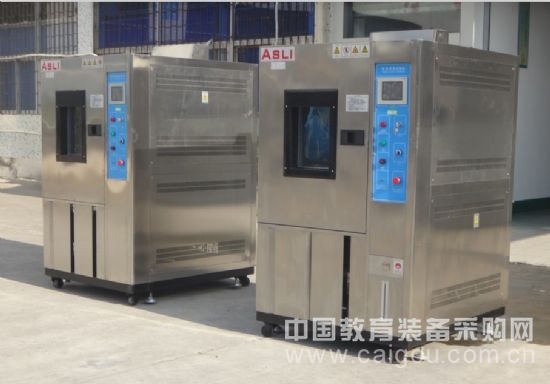The Ai Siyu linear constant temperature and humidity humidification system is a critical component in environmental testing chambers. Over time, the humidification method has evolved from traditional spray humidification used in boilers to more advanced shallow humidification techniques. This article will explore the advantages and disadvantages of spray humidification in linear constant temperature and humidity chambers.
Advantages of Spray Humidification in Linear Constant Temperature and Humidity Chambers:
One key advantage of spray humidification is that although the transition process may be longer, once the system stabilizes, the humidity fluctuations are minimal, making it ideal for constant damp heat testing. Additionally, the moisture introduced during the humidification process does not add extra heat to the system, which helps maintain thermal stability. Another benefit is that when the temperature of the spray water is controlled to be lower than the dew point required for the test, the spray can also have a dehumidifying effect, offering greater control over humidity levels.
Disadvantages of Spray Humidification in Linear Constant Temperature and Humidity Chambers:
However, this method has several drawbacks. At the time of its use, humidity control was mainly based on simple switching adjustments using mercury-electric contact type conductivity meters, which lacked precision. Controlling the temperature of the hot water tank was also challenging due to large hysteresis, resulting in a long control transition period. This made it unsuitable for alternating humidity and temperature cycles that require rapid and accurate humidification. Moreover, water droplets often formed on the walls of the chamber and dripped onto the samples, causing contamination. In addition, proper drainage inside the chamber was essential, which added complexity to the system. Due to these limitations, spray humidification was eventually replaced by steam humidification and shallow water pan humidification methods.
Humidification essentially involves increasing the partial pressure of water vapor. The initial method involved spraying water onto the walls of the linear constant temperature and humidity chamber. By controlling the temperature of the water, the saturation vapor pressure at the water surface could be regulated. The water on the tank wall created a large surface area through which water vapor diffused into the chamber, thereby increasing the relative humidity within the test environment.

This evolution in humidification technology reflects the ongoing efforts to improve accuracy, efficiency, and reliability in environmental testing environments. Understanding the pros and cons of different humidification methods helps in selecting the most suitable system for specific applications.
Full Cassette Motorized Retractable Awning
Full Cassette Motorized Retractable Awning,Motorized Retractable Folding Arm Awnings,Full Cassette Retractable Motorized Awning,Full Cassette Retractable Motorised Awning
Hebei Charlotte Enterprise Co., Ltd. , https://www.hbcharlotteawning.com